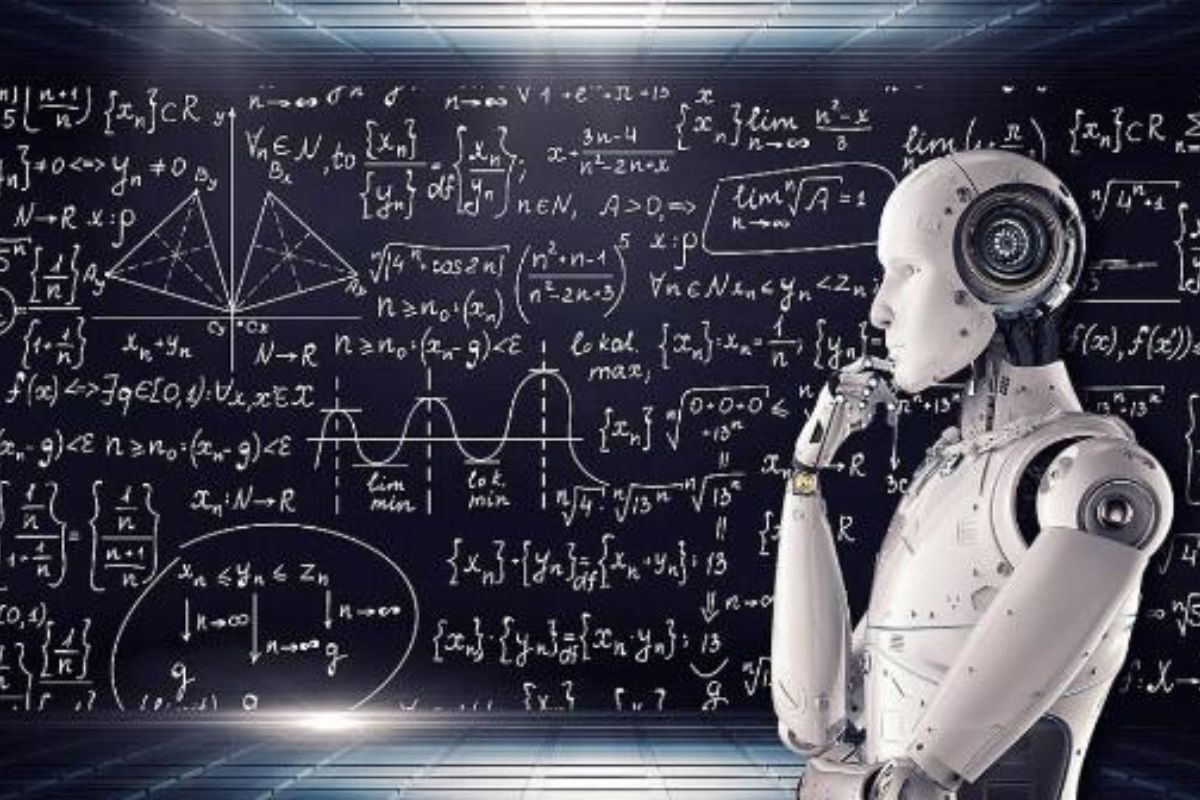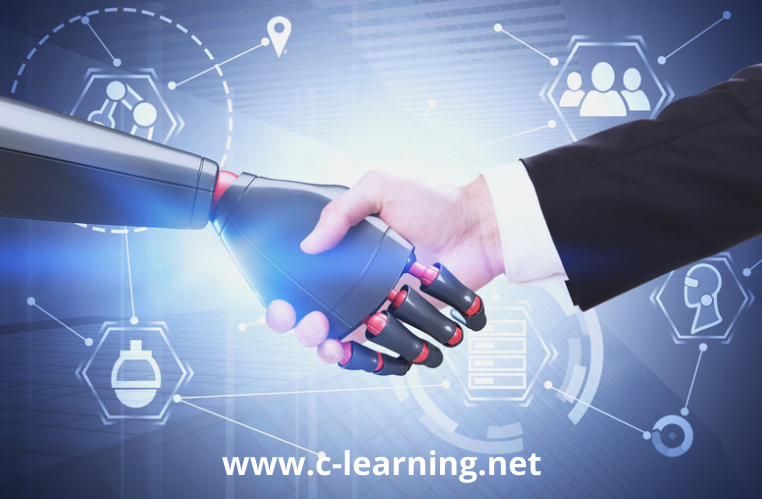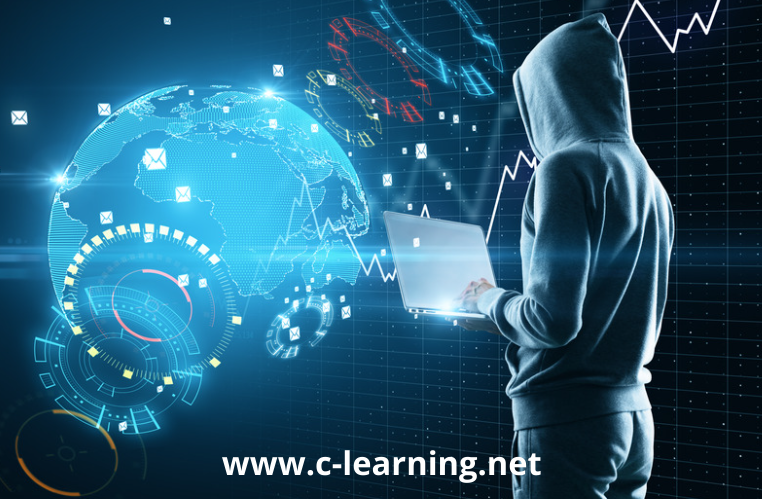The Power of OpenAI: Disrupting How We Live, Work and Learn

Artificial intelligence (AI) has the potential to significantly shape the future of learning. From personalised learning to virtual reality classrooms, AI is already beginning to transform the way we learn and how we teach. In this article we will explore the key ways that AI is shaping education now and reveal insights about how it is likely to impact our world of learning in the future.
One of the key ways that AI is shaping education is through personalised learning. Personalised learning refers to the use of technology to tailor the learning experience to the individual needs, interests, and abilities of each student (Burstein, 2019). With AI, it’s possible to create customised lesson plans and learning paths for each student, taking into account their strengths, weaknesses, and the way they prefer to learn. This means that students can progress at their own pace, rather than being held back by the pace of the classroom.

There is evidence to suggest that personalised learning can be effective in improving student outcomes also. A meta-analysis of personalised learning interventions found that they were associated with an average effect size of 0.40, which is considered to be a moderate to large effect (Hattie & Yates, 2014). Another study found that personalised learning was associated with a 9 percentile point gain in maths scores (Fitzpatrick et al., 2018).

Another way that AI is changing education is through the use of virtual reality (VR) and augmented reality (AR) technologies. These technologies allow students to immerse themselves in a completely different world where they can learn about history, science, and other subjects in a way that is both engaging and interactive. For example, students might be able to visit ancient Rome or take a virtual field trip to the bottom of the ocean. The possibilities are endless.
There is also evidence to suggest that VR and AR can be effective in improving student learning and engagement. A review of VR and AR in education found that these technologies were associated with an average effect size of 0.68, which is considered to be a large effect (Abdelkader et al., 2020). Another study found that students who used VR in their science lessons had significantly higher test scores than those who did not (Lin & Huang, 2020).
AI is also being used to help grade papers and provide feedback to students. This can be particularly useful in large classrooms where it would be difficult for the teacher to provide individualised timely feedback to each student. AI grading systems can provide students with immediate feedback on their work, allowing them to identify areas where they need to improve and correct mistakes in real-time.
There is also evidence to suggest that AI grading can be effective in providing feedback to students. A study found that AI grading systems were able to provide feedback to students that was as accurate as that provided by human graders (Bart, 2019). Another study found that students who received feedback from an AI system had significantly higher test scores than those who did not (Chen et al., 2020).
In addition to these benefits, AI has the potential to revolutionise the way we work. For example, AI-powered chatbots and virtual assistants can help businesses and organisations streamline their operations and improve customer service. With the help of AI, it may be possible to automate many routine tasks, freeing up time for employees to focus on more complex and creative work.

There is evidence to suggest that AI can be effective in improving business operations. A study found that AI-powered chatbots were able to handle a significant percentage of customer service inquiries, freeing up human agents to focus on more complex tasks (KPMG, 2018). Another study found that companies that adopted AI experienced an average productivity increase of 41% (Deloitte, 2019).
AI is already disrupting our world but this journey is only at its beginning. Looking to the future it’s likely that AI will have impact in the following areas especially::
Automation of tasks: AI algorithms can be trained to perform tasks that are routine or repetitive in nature, freeing up humans to focus on more complex and creative work. This could lead to a shift in the job market, with some jobs becoming obsolete as they are automated, while others become more valuable as they require more human skill and expertise.
Enhanced productivity: AI-powered tools and systems can help to streamline and optimise work processes, leading to increased productivity and efficiency as the chatbot example previously referenced illustrates.

Predictive analytics: AI algorithms can be used to analyse data and make predictions about future outcomes. This could be useful in a variety of fields, such as finance, healthcare, and marketing, allowing companies to make informed decisions based on data-driven insights. In education, its application might impact on everything from applicants most likely to enrol to predicted learning outcomes.
Improved decision making: AI can be used to assist with decision making by providing insights and recommendations based on data analysis. For example, AI-powered tools could be used to help managers make hiring decisions or to assist with project planning.
Overall, AI has the potential to greatly enhance our ability to work and learn, by automating routine tasks, increasing productivity, and providing personalised learning experiences. However, it is important to note that the adoption of AI will also likely lead to significant changes in the job market, and it will be important to ensure that workers are prepared for these changes and have the skills necessary to adapt to the changing landscape. Additionally AI will likely lead to a number of unintended consequences. Today it’s not possible to predict and mitigate all of them, but if we explore the application of AI intelligently then it has the potential to positively disrupt our world and make it a lot smarter.
Finally, one unintended consequence in education might be the obvious implications for assessing the originality of work submitted, and on this point I’ve got a confession to make. The paragraph you are reading now is the only part of this article that was actually written by me. Everything else was written by technology, OpenAI using ChatGPT technology to be specific, and my only contribution was to ask the technology to write it for me. This article took me less than a minute to put together, and that minute was spent writing this final paragraph you’re reading now.
Game changer eh?
By Jamie Smith, Executive Chairman of C-Learning











An interesting article that I’ve been anticipating since I wrote an article here in 2017 about how AI had the potential to change education. See
https://www.fenews.co.uk/exclusive/how-ai-chatbots-are-changing-education-worldwide/
Some colleges have started to recognise the accelerating changes but sadly overall the education system has neglected AI.
Now we are faced with the potential for AI plagiarised exam results and have no answers. My question therefore is why do we not leverage AI in learning AND stop using the conventional exam system. Testing the ability to implement learning makes more sense that testing memory.